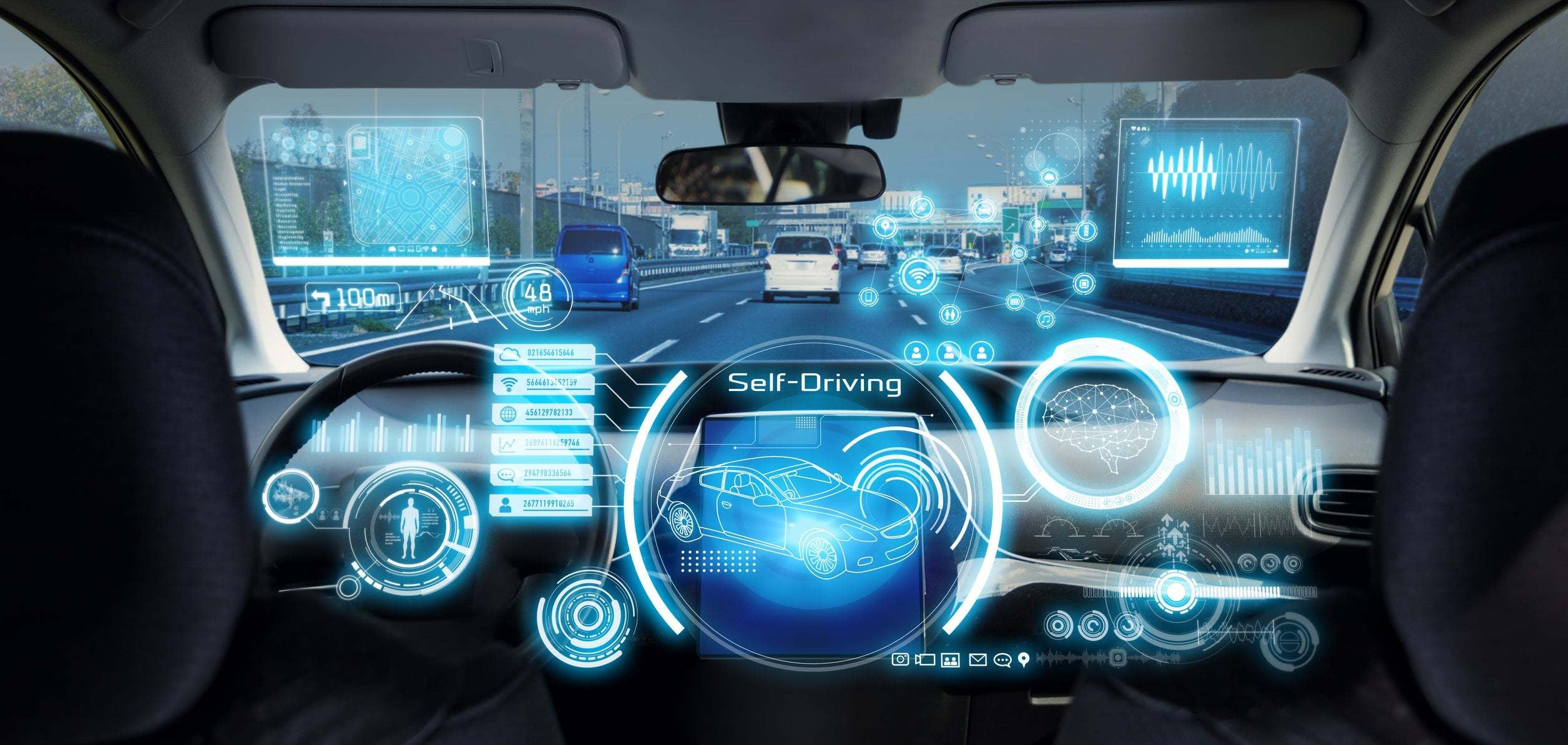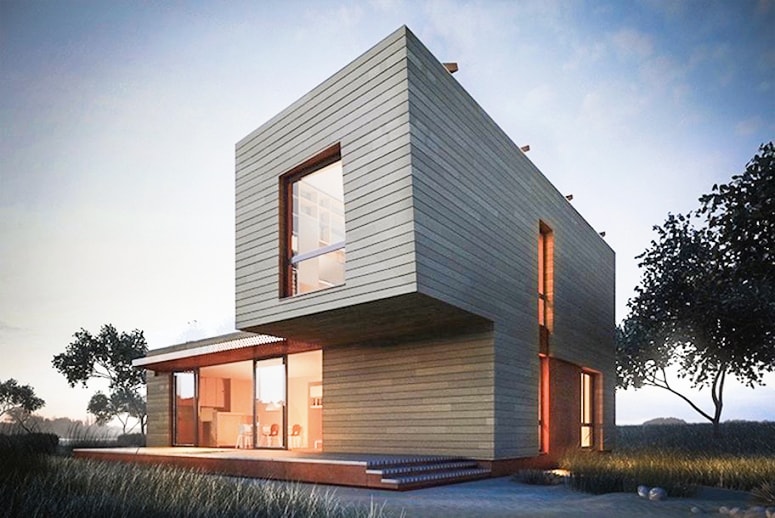1. High speed recharging units become ubiquitous

Twenty years ago, The Economist predicted that the next big thing would be... wait for it... electric cars. Today, market shares are still in the low single figures. A combination of vested interests (incumbent big car makers did not want it to happen), low battery life and lack of recharging points combined to make this a very slow trend. People do not want to set out on long journeys without being sure that they will be able to recharge before their battery runs out. The vested interests are now in place (combined with the need to act on emissions) and fast recharging units will soon be ubiquitous.
2. No packaging stores

Food production and retailing produce huge quantities of waste – mostly in the form of packaging. More radical action is needed. The impact of Waitrose’s Unpacked Test will be worth tracking. This change may be slow – but we need it to succeed.
3. Biodegradable plastic wrappers

Will become the norm. A year ago, my media publications came in plastic outers that looked as if they would take years to degrade. Now, they come in opaque, see-through wrappers that I can put in my compost heap. Soon it will be unacceptable to use packaging that is not biodegradable.
4. Incrementalism and security in designing digital applications

The Internet of Things will bring fears of unexpected errors and hacking. As digital systems become background utilities in our lives, they need to be secure and reliable. There will be less of the gung-ho innovation culture of Silicon Valley. It will no longer be acceptable to “move fast and break things”. Self-driving cars will be a slow revolution because accidents will frighten people off. Smart companies will co-opt hackers to stress test innovations to ensure they are not vulnerable.
5. System built, pre-fabricated eco homes come of age

Most big cities face a housing crisis and with the adoption of air conditioning in warmer climes, homes have become huge users of energy. System building has a terrible reputation going back to the sixties because of poorly made tower blocks blighting our cities. Now it is possible to slash building times and costs, and make energy efficient homes. The Guardian reported recently: “The UK is entering a new era of prefab homes with the opening of a factory that will build fully-fitted three-bedroom homes with a price tag as low as £65,000.”
Julian Saunders was CEO, Red Cell (a WPP creative agency) and Head of Strategy, McCann-Erickson.
julians@joinedupcompany.com




Comments (0) Closed